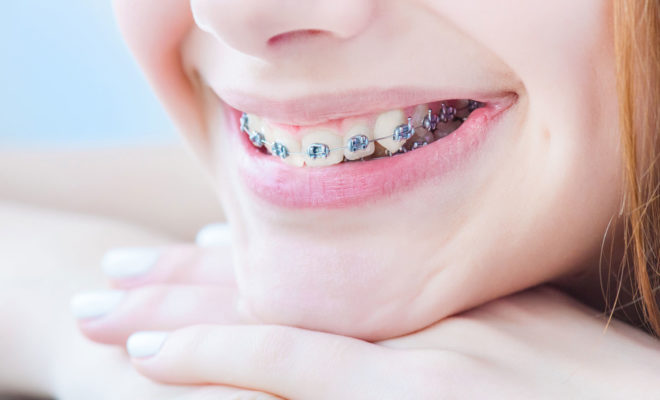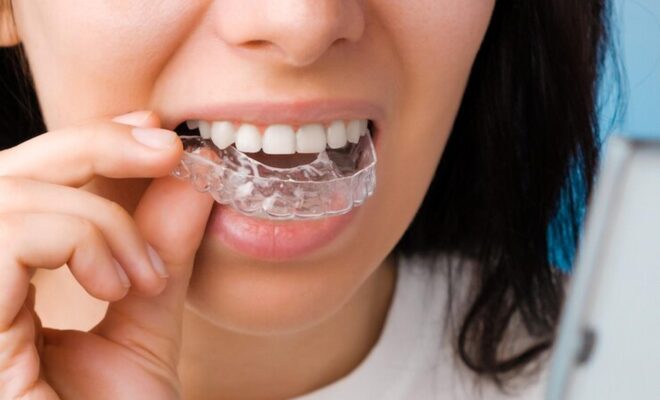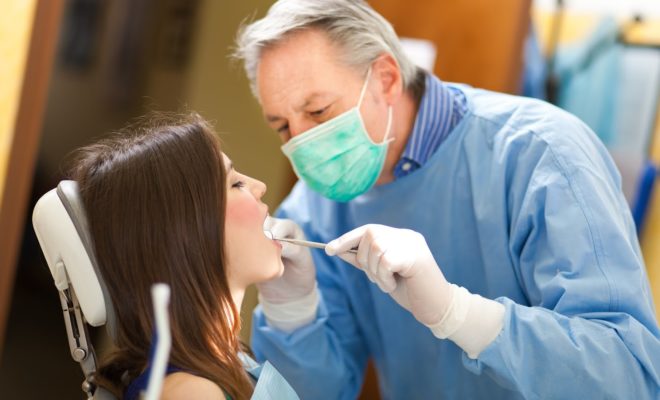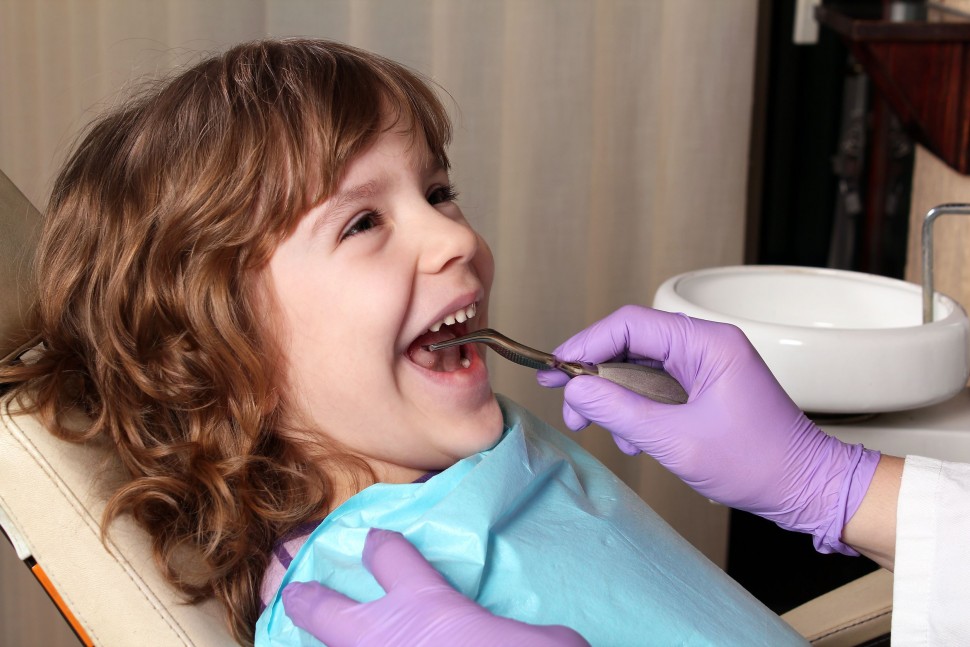Why Are Your Gums Bleeding?

Are You Experiencing Early Signs of Gum Disease?
If you notice blood in the sink after you’ve brushed, then it’s time to see your dentist!
Gum disease is the most common form of chronic inflammatory disease and a leading cause of tooth loss. This condition usually begins as gingivitis which is the earliest form of the disease, but if left untreated then the gingivitis will progress into full-blown periodontitis which is a significantly more aggressive case. When periodontitis occurs, the symptoms may cause the adjacent gums and bone to deteriorate so that the tooth no longer has a firm base to be rooted within. The tooth may subsequently become loose and eventually fall out. Bleeding gums are one of the first signs of gum disease – read on to find out why this symptom may be occurring and what you can do about it!
Plaque Build-Up
When best oral hygiene practices are not followed, then food isn’t effectively cleared from the mouth which can lead to the build-up of plaque. This sticky hardening of bacteria becomes attached to the teeth which ultimately irritates the gums. As they become red and inflamed, bleeding is a common side effect of plaque being present on the gum line.
Your gums may bleed only occasionally, or every time you brush depending on the severity of the gum disease. You might also notice your gums bleeding when you begin a new oral hygiene routine such as flossing, using interdental brushes or introducing a new toothbrush. A Chelmsford dental professional explains this can also be a sign that you’re brushing too hard!
Additional Symptoms
Alongside bleeding, you may notice other signs of gum disease such as bad breath, an unpleasant taste, receding gums, sensitivity, or loose teeth all of which should be taken seriously.
Contributing Factors
Poor cleaning and substandard oral hygiene practices are a primary cause of gum disease; however, there are other factors that may increase your chances of developing gingivitis and subsequently periodontitis too. If you smoke, are diabetic, experience high levels of stress, have previously had a stroke or else are just unlucky with your genetic makeup, then these may all contribute towards this condition.
Visiting A Periodontist
Positive oral hygiene includes brushing your teeth correctly with an electric toothbrush twice a day, as well as flossing, using interdental brushes and rinsing with mouthwash on a daily basis. These routines should be built as habits for optimal results. However, you should also visit a qualified and experienced dentist for periodontal treatment.
Following a hygiene treatment, if you are showing signs of having the advanced type of gum disease known as periodontitis, then your dentist will be able to take x-rays and measurements of the inside of your mouth to assess the extent of the condition and whether the bones have deteriorated. You will be provided with a treatment plan to improve your condition and to encourage the gums to become healthier, but the onus is very much on the patient to commit to following up with regular care of their teeth between visits to the dentist.
Gum disease is not a reversible condition unfortunately, but it can be managed with positive treatment options by a reputable dentist. If you are experiencing bleeding gums as an early sign of gum disease, then it’s time to book in for a check-up today!












